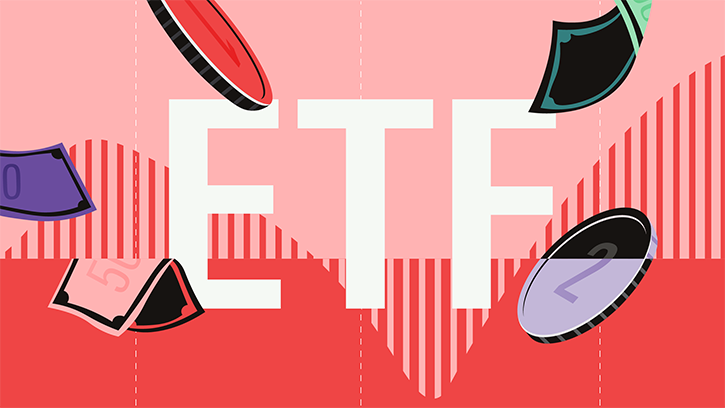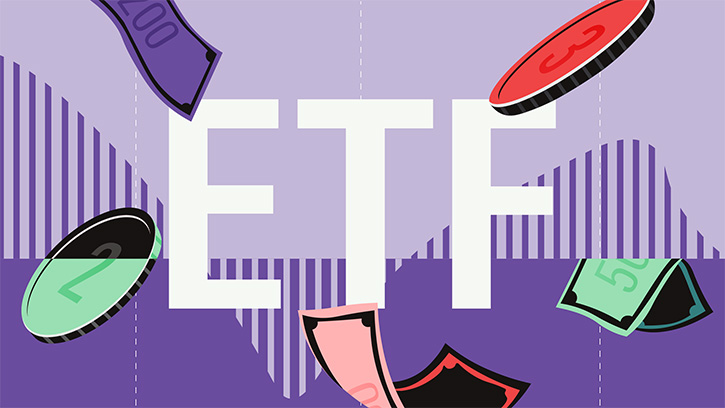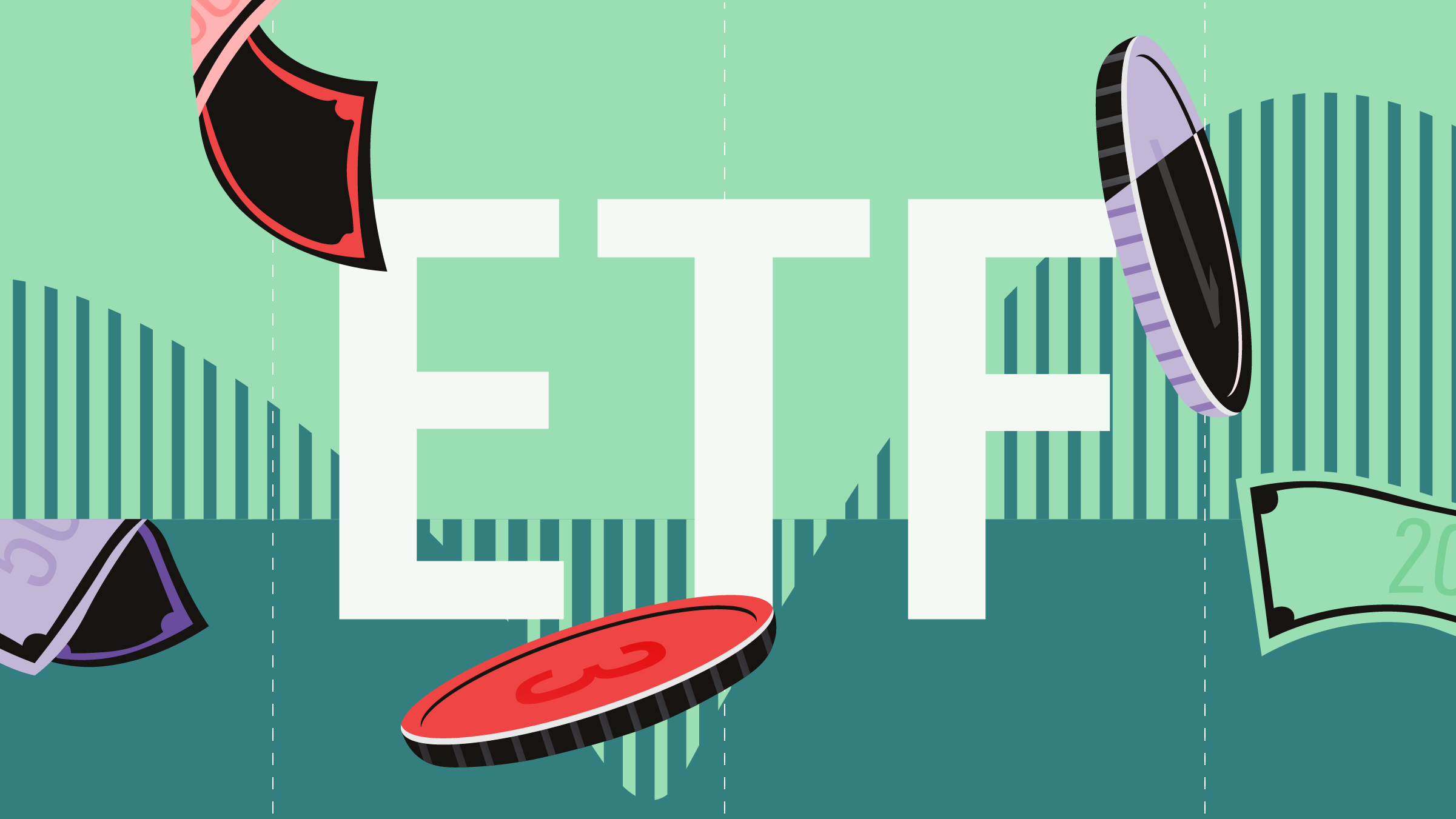Ian Tam: Over the last few weeks you've probably heard about the numerous retail investors that have started opening up online trading accounts through discount brokerages, especially during the COVID pandemic. You've also heard about the failures and successes of day traders that have lost fortunes and gained them back over a matter of days. Let's be clear here. At Morningstar, we don't view day trading the same as investing. In fact, not even in the same ballpark. Investing has to do with taking a calculated risk tied to a very specific time horizon and very specific financial goal. Day trading is often more speculative in nature and can be very risky, especially for newer investors.
This being said, the rise of these low-cost online trading platforms has given investors with smaller starting amounts an opportunity to gain exposure to a well-diversified portfolio through low-cost allocation ETFs. This is often a good way to get started to access a broad diversified asset class mix without having to pay the higher fees associated with full service advice.
Here's a look at several Canadian-domiciled allocation ETFs that by definition invest in a mix of stocks and bonds in various proportions. On the right, you'll see their allocation to these asset classes. The table is sorted by stock exposure starting at the top with ETFs that have the least exposure to stocks or funds that inherently have the lowest amount of risk. Each of these funds are rated 3 Stars or higher by Morningstar or have been awarded a quantitative rating of Bronze, Silver or Gold.
Although it's a fairly small list, there are a number of low-cost options available to investors who are looking for an all-in-one product that rebalances automatically back to target asset mixes without your intervention. But before choosing one, remember that the amount of exposure you have to stocks in your portfolio is often tied to the amount of risk you can take and your time horizon. As your time horizon shortens and you get close to the time that you need to withdraw your investments, it's often prudent to de-risk by allocating more of your assets towards bonds as opposed to stocks.
For Morningstar, I'm Ian Tam.





















